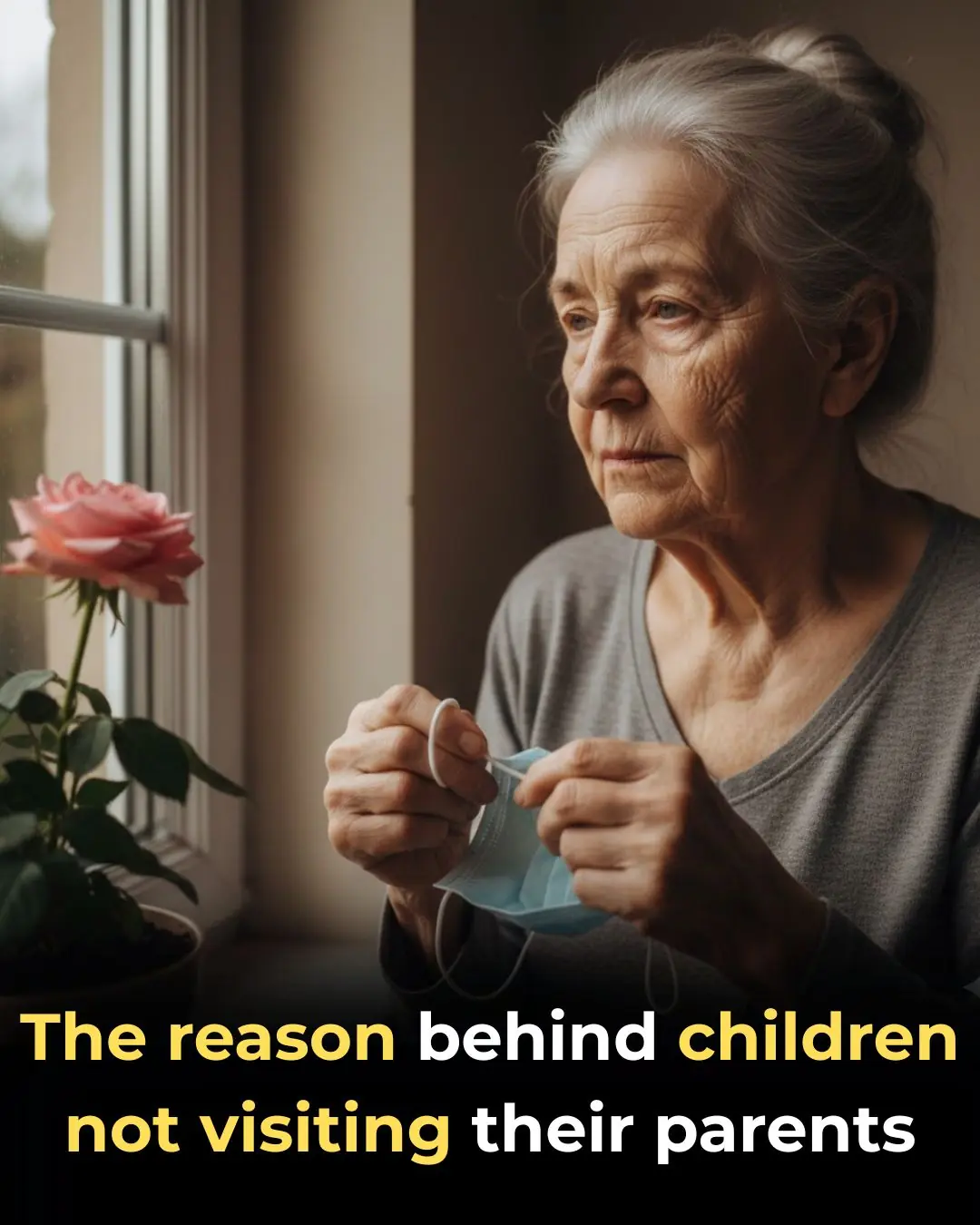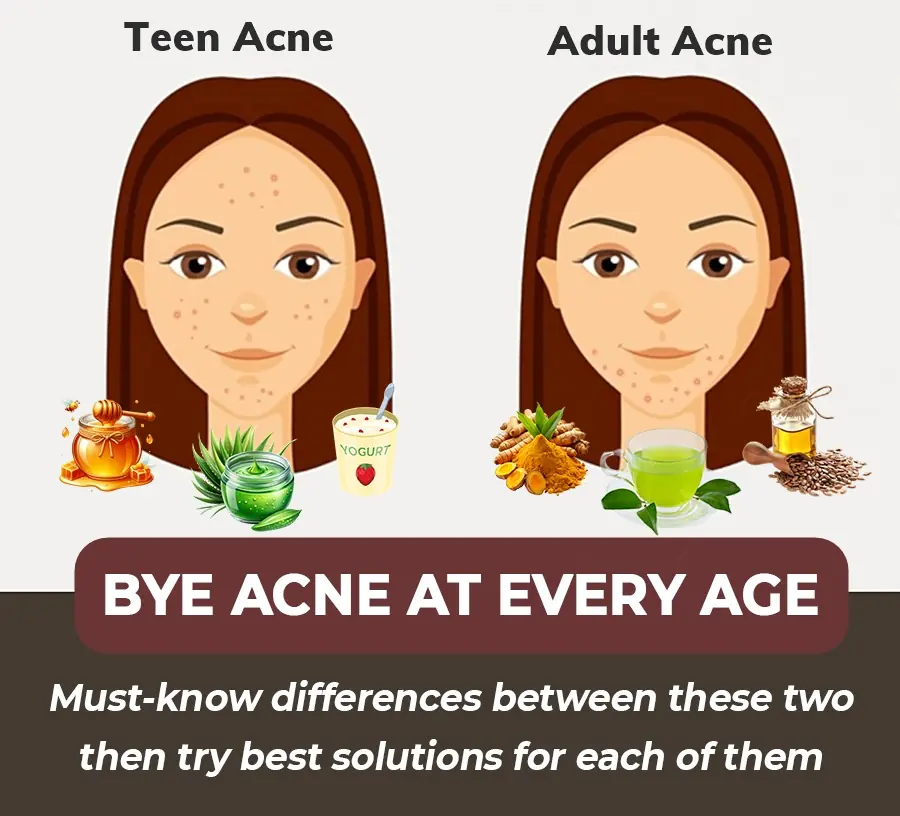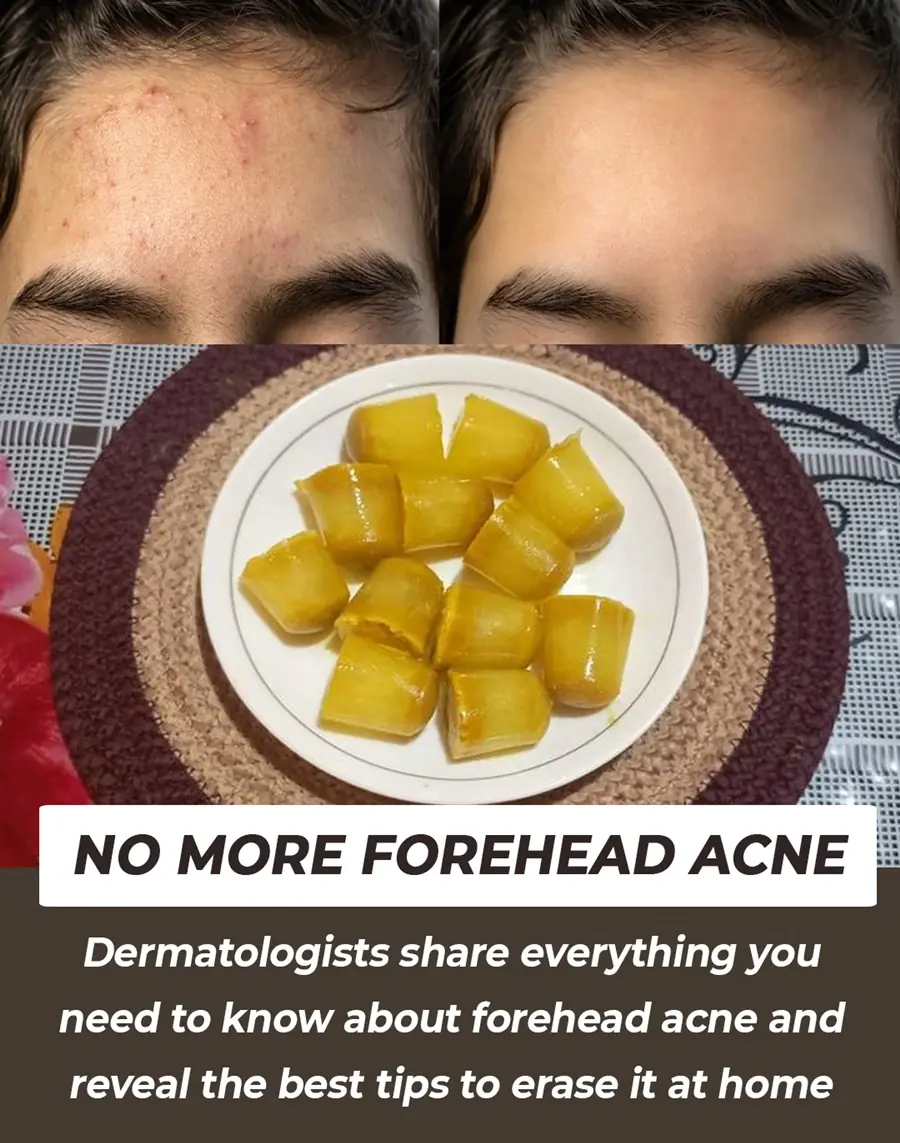
How Childhood Trauma Shapes the Brain: Insights from Neuroscience
Childhood Trauma and Brain Patterns
Researchers have discovered that children who grow up amid persistent conflict, abuse, or neglect often display brain patterns remarkably similar to those observed in soldiers returning from combat. Neuroimaging studies have shown that these children exhibit heightened stress responses and structural changes in the brain that are associated with long-term emotional strain.
Heightened Threat Responses
Specifically, scientists have observed increased activation in brain regions that process threat, pain, and fear. For example, when children exposed to violence at home are shown angry or sad faces, their brains respond more intensely than those of children from stable environments. These neural responses mirror patterns seen in veterans with post-traumatic stress disorder (PTSD), suggesting that early exposure to hostility or neglect can “prime” a child’s brain to remain hyper-vigilant.
Structural Brain Changes
Severe neglect in childhood has been linked with alterations in white matter, the brain’s connective tissue that supports communication between different regions. Studies have found that children raised in institutional care, such as orphanages, often exhibit disrupted white matter development compared to those raised in nurturing family environments. Such structural changes can have lasting effects on brain connectivity and information processing.
Impact on Stress Systems
Beyond structural differences, childhood trauma affects the body’s core stress response system, known as the hypothalamic-pituitary-adrenal (HPA) axis. Early neglect and abuse can lead to chronic overactivation of this system, which may reduce brain volume, impair communication between brain hemispheres, and hinder the development of critical regions such as the corpus callosum. These changes help explain why children exposed to severe stress often experience difficulties with emotional regulation and heightened vulnerability to anxiety, depression, or other mental health disorders later in life.
Long-Term Emotional Consequences
These long-term neural adaptations may underlie many behavioral and emotional difficulties. Children exposed to chronic adversity often struggle with regulating emotions, forming secure relationships, and coping with stress. The neurobiological effects of trauma highlight how deeply early experiences shape the brain’s responses to fear, safety, and social interactions throughout life.
The Importance of Supportive Caregiving
Taken together, these findings underscore the enormous impact of early instability on brain development. Supportive caregiving—consistent, safe, and emotionally responsive—is not only beneficial but critical for healthy development. By providing stable and nurturing environments, caregivers can help prevent neurobiological harm, build resilience in children, and promote healthier emotional and cognitive growth.
News in the same category


Why Some Children Don’t Visit Their Parents Often

Will Americans Receive $2,000 Stimulus Checks? What You Need to Know

14 Reasons to Drink Lemon Water First Thing in the Morning

Meet the Owners Behind Baltimore’s First Black & Woman-Owned Bodega

Quinta Brunson to Receive Keys to Hometown City of Philadelphia

Bethann Hardison & Andrew J. Young Honored at Gordon Parks Foundation Gala

Jay-Z & Luther Vandross’ First Albums Inducted Into GRAMMY Hall of Fame

Sheryl Lee Ralph Gets Emotional After Learning Her Ancestors Were Free People on ‘Finding Your Roots’

Philadelphia Entrepreneur Becomes The First Queer Black Woman To Lead A Biopharmaceutical Manufacturing Company

‘Tia Don’t Piss Me Off’: Tia Mowry’s Selfie with Mystery Man Has Folks Noticing He Looks Nothing Like Ex Cory Hardrict Despite Reunion Chatter

Todd Tucker vs. Kandi Burruss: Prenup Could Make or Break a $30M Empire

HBCU Grad Rajah Caruth Secures Second Career NASCAR Truck Series Win

NPR’s Tiny Desk Celebrates Black Music Month With Performances by Amerie, Beenie Man, CeCe Winans & More

Tiffany Derry Makes History as MasterChef’s First Black Full-Time Judge

Kwame Onwuachi to Open New Restaurant ‘Maroon,’ the First Black Chef-Led Restaurant on the Las Vegas Strip

How Artists and Engineers Are Confusing Facial Recognition AI

Tesla Faces Slump: Over 10,000 Cybertrucks Remain Unsold Amid Weak Demand

Over a Million ‘Giant Eggs’ Discovered Near Deep-Sea Hydrothermal Vents

World’s First Full Human Eye Transplant Shows Promising Survival
News Post

Unlock Radiant Skin: The Ultimate Guide to Using Beetroot Gel for Glowing, Spotless Skin

Fenugreek Seeds for Hair Growth: The Power of Fenugreek Hair Rinse and Its Benefits for Hair

Japanese Milk Wax To Get Rid Of Unwanted Facial Hair

When Will I Outgrow My Acne? The Difference Between Adult and Teen Acne

5 Mascara Tips For Short Lashes

LEVEL UP YOUR LASH GAME: Top 5 Tips for Eyelash Extension Success!

Forehead Acne and What to Do About It

11 Common Eyebrow Mistakes Women Make in Their 60s (And How to Fix Them!)

How to Prevent and Treat Age Spots: Expert Tips for Radiant Skin

5 Ways Your Skin Changes as You Age and How to Keep It Vibrant

DIY Fenugreek Oil for Hair Growth – Get Thick Hair

Brow Boosting Serum: The Natural Way to Achieve Full, Thick Eyebrows

Why You Should Be Putting Salt in Your Toilet

Why Some Children Don’t Visit Their Parents Often

DIY Vaseline Cream: The 4-Ingredient Glow Hack That Makes Your Skin Baby-Soft Overnight

DIY Fenugreek Hair Masks for Hair Growth & Reducing Hair Fall

Will Americans Receive $2,000 Stimulus Checks? What You Need to Know

Revolutionary Miniature Implant Offers New Hope for Restoring Vision in Macular Degeneration Patients

A Simple Superfood That Enhances Your Baby's Brain Development During Pregnancy
